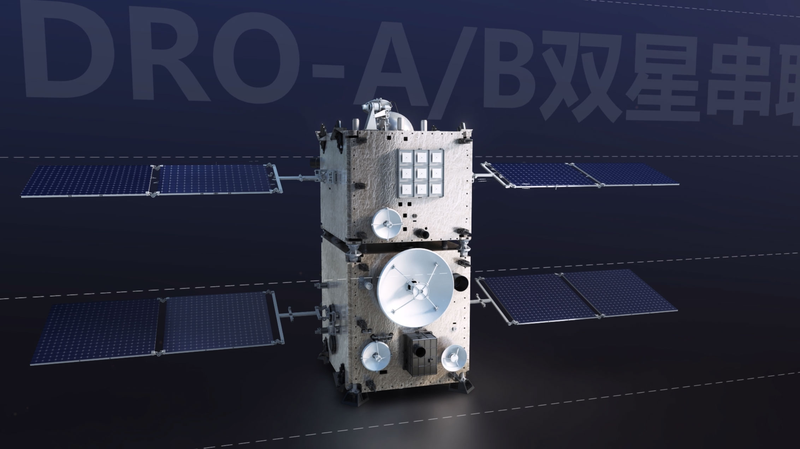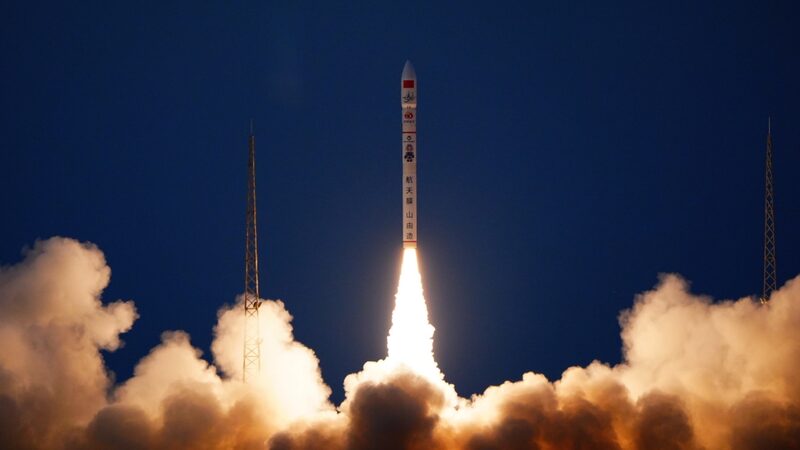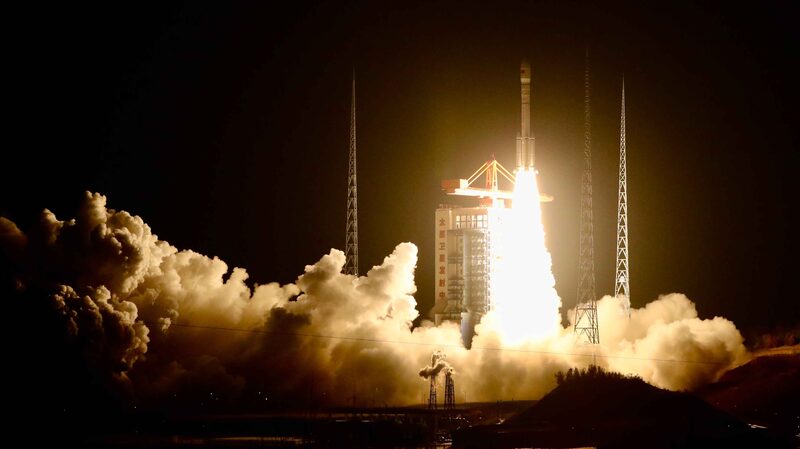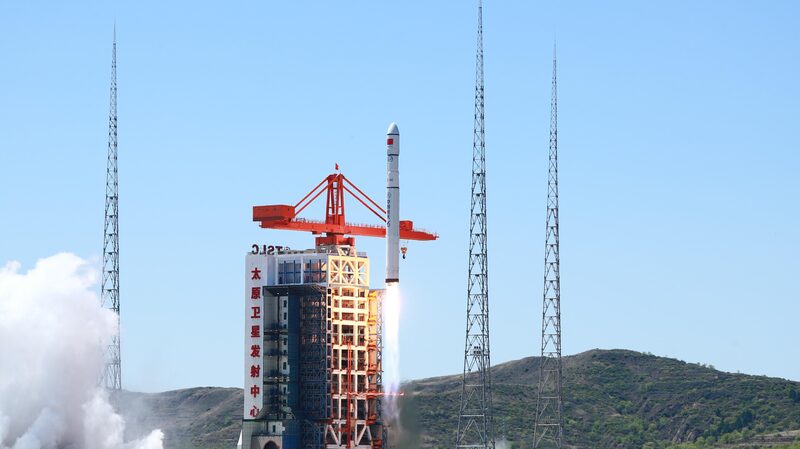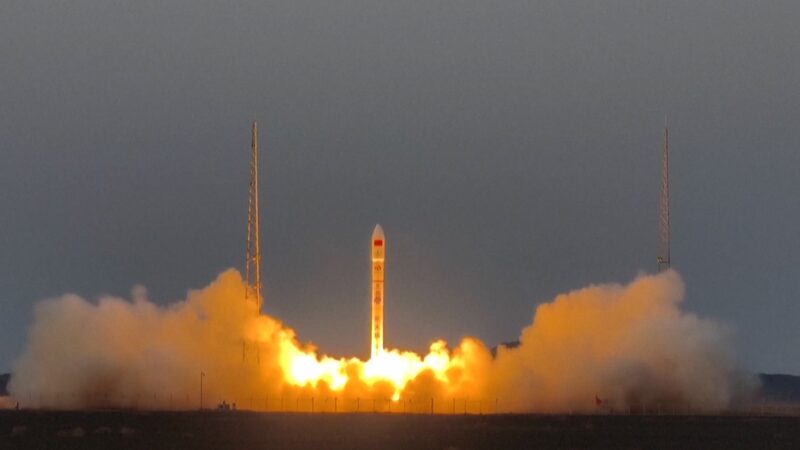In an unprecedented feat of engineering and determination, China has successfully salvaged two satellites stranded in space for over three months following a rocky launch in March 2024. The Technology and Engineering Center for Space Utilization (CSU) confirmed on Tuesday that both satellites are now operational in their target orbits, marking a historic milestone in space recovery efforts.
The Backstory
The saga began in March when an abnormality during launch left the satellites—developed to study Earth-moon space dynamics—stuck in a perilous trajectory. Initial reports suggested the mission might be lost, but CSU teams refused to abandon hope. For 123 days, engineers and mathematicians worked relentlessly to recalculate orbits, adjust propulsion strategies, and navigate unforeseen challenges.
A Race Against Time
Zhang Hao, the CSU team lead who devised the final rescue plan, described the frantic early hours: "Our first priority was confirming the satellites’ survival. Failure would have meant losing years of research and billions in investment—but more importantly, it would have devastated the team." Engineers faced a mathematical labyrinth, compensating for fuel limitations and gravitational uncertainties to chart a viable path to recovery.
Their breakthrough came through innovative propulsion algorithms that maximized the satellites’ residual fuel. The process required millimeter-precision adjustments over dozens of orbital cycles, a testament to China’s growing expertise in space systems management.
Implications for the Future
This rescue showcases China’s expanding capabilities in orbital mechanics and long-term mission planning—skills critical for future lunar exploration and deep-space projects. Analysts suggest the successful recovery could influence global standards for satellite design, emphasizing redundancy and recoverability in next-generation spacecraft.
Reference(s):
Behind China's 123-day space rescue: The math that defied the odds
cgtn.com
